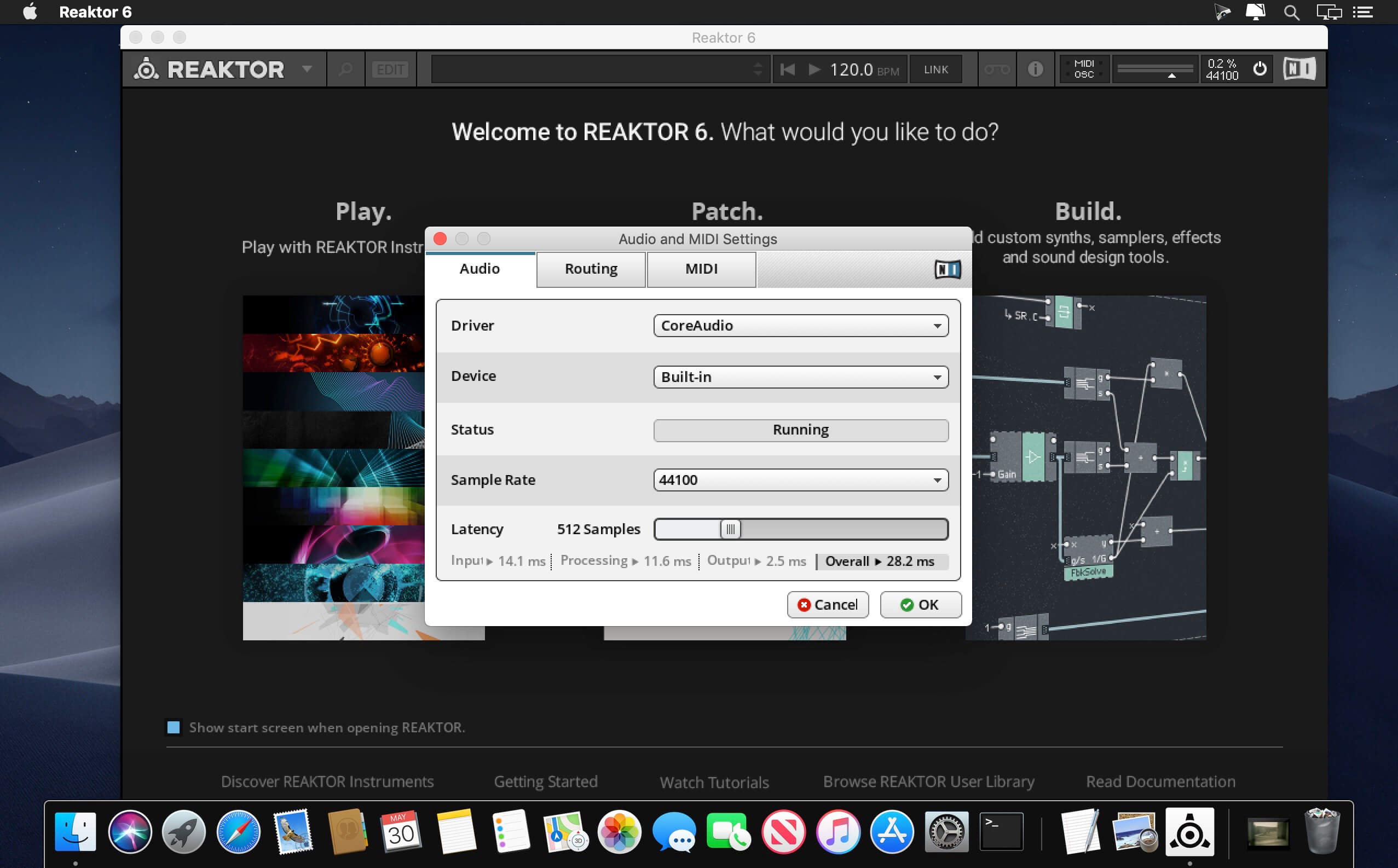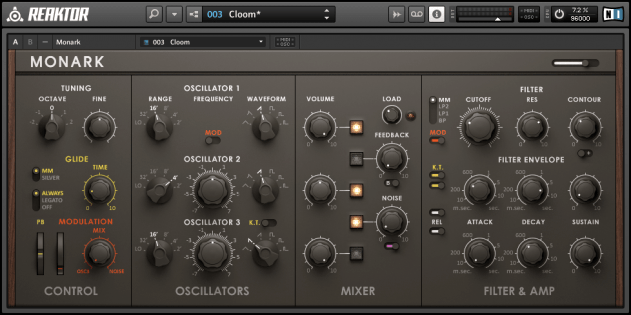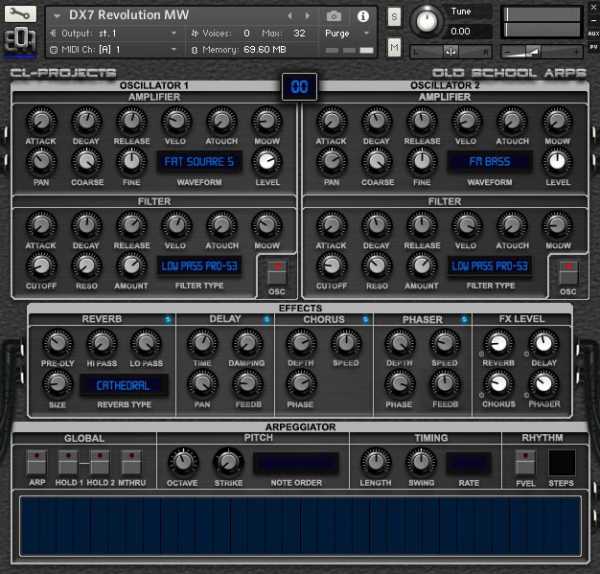

- Reaktor native instruments install#
- Reaktor native instruments full#
- Reaktor native instruments software#
- Reaktor native instruments plus#
And that’s before even touching on the bundled expansions or the ability to import, record or sample audio. Personally, we feel that having this selection of tools in standalone format is nothing to scoff at between Monark’s solid analogue emulations, Massive’s modulated wavetables, the digital synthesis of FM8 and the samples contained within the Kontakt and Maschine factory libraries, producers in any electronic genre could happily churn out plenty of music before running out of inspiration. On the flip side, these instruments - Massive and FM8, in particular - are stone-cold classics, and while their desktop interfaces look rather dated they still sound excellent. Of the synths, the Minimoog-inspired Monark is the most recent release, despite being nearly eight years old, and there’s no sign of recent offerings like Massive X or Form. On the one hand, there’s no getting around the fact this is a fairly dated selection of instruments.

You can look at this selection of plugins in one of two ways. On the effect front, Maschine+ comes equipped with the Phasis phaser module and Raum ‘creative reverb’. The NI instruments currently compatible with standalone mode are Massive, Monark, FM8, Prism, Retro Machines and ‘Factory Selection’ versions of Kontakt and Reaktor, all of which come supplied with the hardware.
Reaktor native instruments software#
The Maschine 2 software itself ports over in full, including its Bass Synth, six Drum Synth modules and a line-up of effect processors, but currently, only a handful of NI plugins and no third-party tools can be used away from a computer. Maschine+ is also equipped with WiFi and - if the little logo on the side of the box is to be believed - Bluetooth, although there doesn’t seem to be any implementation of the latter functionality as-yet.Īs with Akai’s standalone MPCs, there are limitations as to what Maschine+ can run via its onboard OS compared to the desktop version of the software.

Reaktor native instruments install#
Built-in storage is 32GB, used to install the OS and factory sounds, meaning the aforementioned SD card and USB slots handle all user storage. Under the hood, Maschine+ packs an Intel Atom quad-core processor and 4GB of RAM, which is used to run a custom Linux OS. The built-in audio interface, meanwhile, operates at 44.1 kHz/24-bit in standalone but can go up to 96 kHz/24-bit when connected to a computer. There are additions, though, with an added pair of USB inputs on the rear and an SD card slot along the side - which comes equipped with a high-speed 64GB card.
Reaktor native instruments plus#
I/O along the rear is broadly the same as that found on the Mk3, with two TRS inputs, a dynamic mic input, two TRS main outputs, stereo headphone out, an expression pedal input plus MIDI In and Out. Firstly, Maschine+ comes encased in an anodized aluminium case that gives it a slightly shinier look but also feels considerably more robust than its plastic counterpart. This latest Maschine comes equipped with a controller mode, whereby it can act as an audio interface and MIDI controller for the desktop version of the Maschine 2 software.ĭespite looking and functioning much like the Mk3, unsurprisingly there are some technical differences to the hardware itself. Seeing as both the controller layout and software architecture are near identical to that of the Mk3, we’ll skip the discussion of the core workflow in favour of highlighting what’s different here.
Reaktor native instruments full#
As with those competitors, this latest Maschine comes equipped with a controller mode, whereby it can act as an audio interface and MIDI controller for the desktop version of the Maschine 2 software.Īs such Maschine+ isn’t so much an alternative to the standard Maschine setup as it is an expansion keeping the full features of the existing studio workflow but letting users unplug from the computer too. Much like its closest rivals, Akai’s standalone MPCs One and Live, Maschine+ isn’t a purely standalone instrument.


 0 kommentar(er)
0 kommentar(er)
